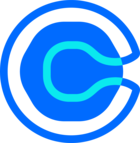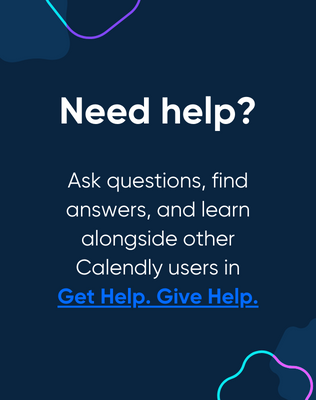Hey Calendly Community,
I'm currently working on integrating Calendly into a custom web application, and I'm facing some challenges that I hope you can help me with. Here's the scenario:
I've successfully embedded the Calendly widget into our application, and it works great for scheduling appointments. However, we want to enhance the user experience by customizing the appearance and behavior of the embedded widget to better match our application's design and functionality.
Here are the specific issues I'm encountering:
-
Styling Customization: I'm having trouble applying custom styles to the embedded Calendly widget. I've tried using CSS to modify the appearance, but it seems like some styles are overridden by the default Calendly styles. How can I effectively customize the look and feel of the embedded widget?
-
Responsive Design: Our application is designed to be responsive, but I'm struggling to make the embedded Calendly widget fully responsive. It doesn't resize properly on smaller screens, leading to a suboptimal user experience. Any tips on making the widget more responsive?
-
Event Handling: I need to capture certain events triggered by the Calendly widget, such as when an appointment is scheduled or canceled. I want to implement custom logic based on these events. How can I efficiently handle these events within my custom application?
I would appreciate any guidance, code examples, or best practices that you can share regarding these challenges. If you've successfully tackled similar issues in your projects, please share your insights. Thanks in advance for your help!



